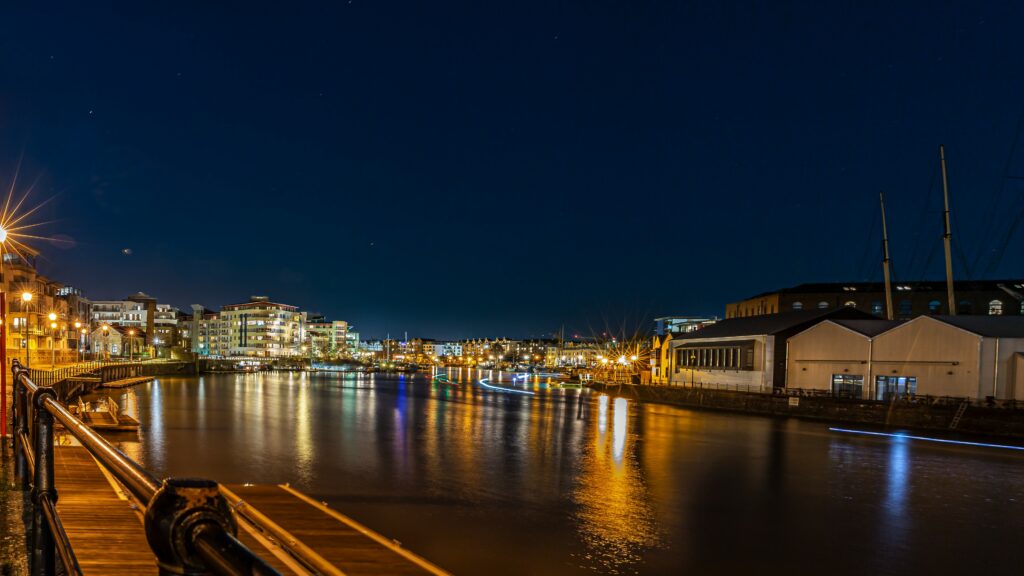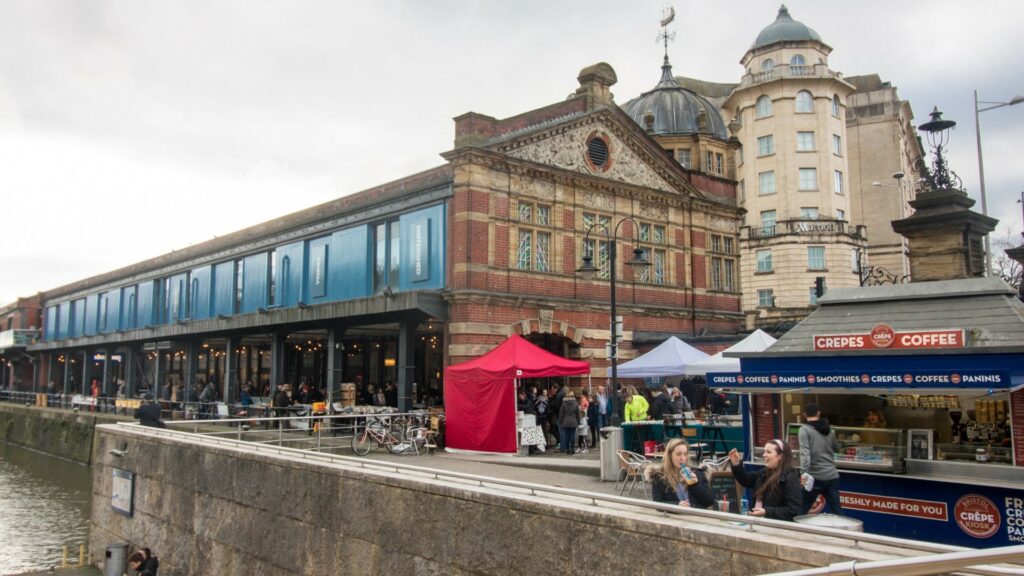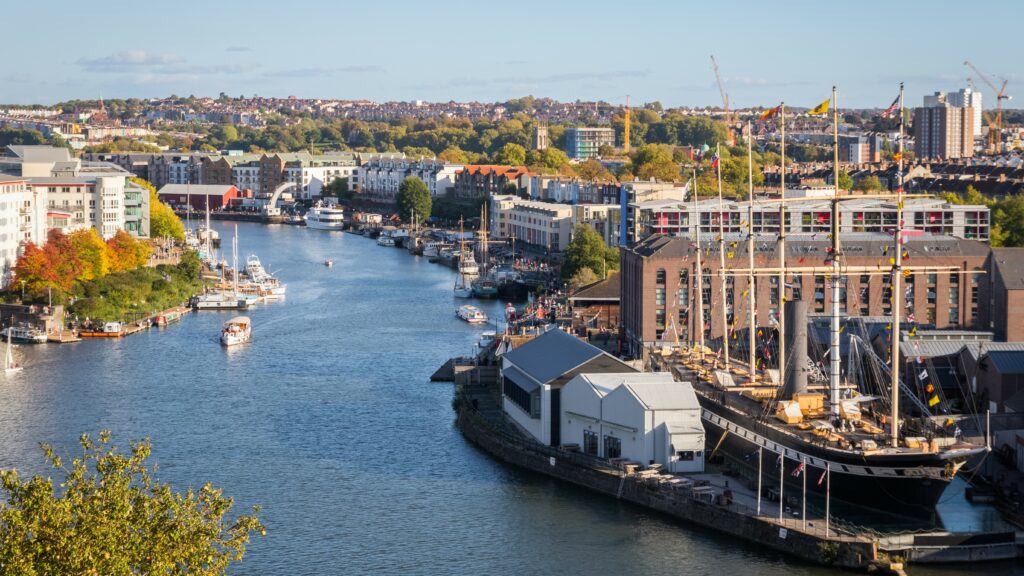Our Marketing & Brand Director Kim Dodd talks us through her essential guide to placemaking:
Despite working in placemaking for years, I still sometimes struggle to explain exactly what I do, even to my own family. My mum simplifies it to “advertising and events,” while my sons imagine I spend my days with Chase from Paw Patrol and have Santa on speed dial, and they’re not entirely wrong. But placemaking is something more fundamental and transformative.
Placemaking is about so much more than just marketing. Marketing tells people why they should visit a place, while placemaking gives them a reason to want to stay. It’s about creating environments where people feel welcome, connected and part of something bigger.
While marketing focuses on getting people through the doors, placemaking asks: What will make them stay longer? What will make them smile? And most importantly, what will make them return?
It’s about creating experiences, large or small, that make a place memorable. Whether that’s a pop-up play area that captures children’s imaginations, a local artisan market that showcases community talent, or simply a cosy bench in just the right spot to catch the afternoon sun.
Good placemaking isn’t all about flashy campaigns. It’s about tuning in to what makes a space feel alive and then bringing those elements to the forefront in authentic, meaningful ways.
TURNING SPACES INTO PLACES THAT PEOPLE LOVE
At its core, placemaking is about transforming ordinary spaces into extraordinary places where people genuinely want to be. I’m passionate about turning overlooked corners into vibrant, welcoming destinations. When I think about places I enjoy, it’s rarely the architecture or amenities alone that leave a mark, but the feeling these spaces create. That’s the essence of placemaking: It’s about turning “somewhere to go” into “somewhere to be.”
As expectations grow, placemaking has never been more important. Visitors seek connection, atmosphere, and memorable moments; crafting that experience takes real intention.
Whenever I’m involved in shaping a destination, my aim is simple: to create places that feel welcoming and alive from arrival. Whether through vibrant murals or a memorial garden in an unused area, seeing empty spaces become beloved destinations makes my work rewarding.
THE 5 INGREDIENTS OF A GREAT PLACE
Ever walked into a place and thought, Wow, this just feels right? No, it’s not magic, but I believe there is a secret recipe for creating a truly great place and five key ingredients that make it work.
1. People-Centred Design
A place is only as good as the people who use it. That’s why the best public spaces aren’t just designed for people but with people in mind. Wide pavements? Yes, please. Benches that aren’t oddly placed just for decoration? Even better. If a place invites you to linger, not leave, it’s doing something right.
2. A Sense of Identity
Every great place has a personality, just like your favourite coffee shop barista who knows your order and your life story. Whether it’s the quirky charm of a street market, a neon-lit city centre, or a sleepy village with the best pub in the universe, the best places make you feel like you belong.
3. Social Connection
People flock to places where they can interact. Thoughtfully placed seating, open spaces, and just the right amount of buzz make a place feel alive. The best spots are where conversations spark, friendships form, and occasionally, strangers become besties over a shared dog-petting moment.
4. Flexibility & Adaptability
The best places don’t just exist – they evolve. A destination might host yoga in the morning, a food market at noon, and live music by night. A park isn’t just a park; it’s a reading nook, a picnic ground, a festival venue, and an impromptu dance floor. If a space can keep up with people’s ever-changing needs, it’ll stay relevant for years.
5. Something Unexpected
The real magic happens when a place surprises you. A hidden book exchange in a phonebox? Delightful. A busker who makes you stop to listen? Instant memories. A public play area for the kids? Now we’re talking. The best places throw in a little extra, something you didn’t know you needed, but now can’t imagine living without. As Ibrahim Ibrahim puts it in Future Ready Retail, great places should be “Serendipity Machines”: environments designed to spark unexpected joy and discovery at every turn.
These principles aren’t just theoretical; they’re being applied in transformative projects across the UK, creating vibrant destinations that enrich communities and create lasting value.
PLACEMAKING IN ACTION
Across the UK, placemaking has transformed forgotten spaces into thriving destinations that embody these five principles. One standout example is Bristol Harbourside, where once-industrial docks have become a vibrant waterside district. Let’s see how it ticks the placemaking boxes:
People-Centred Design: Wide walking paths keep people close to the water, with plenty of seating and gathering spaces throughout.
Strong Identity: The area embraces its maritime heritage while adding modern elements that feel authentic to Bristol’s creative culture.
Social Connection: From cafes and markets to cultural attractions like ‘We The Curious’, ‘Spike Island’, ‘M Shed’ and Bristol Aquarium, the district creates natural meeting points for all ages.
Flexibility: The space works equally well for morning joggers, afternoon shoppers, and evening diners, adapting to different needs throughout the day.
Unexpected Elements: Pop-up events, public art, and the opportunity to kayak right through the centre of the harbour provide those memorable moments that keep people coming back.
On any sunny day, it’s packed with both locals and tourists simply soaking in the atmosphere. The success of Harbourside demonstrates how thoughtful placemaking truly creates “somewhere to be” rather than just somewhere to pass through.



WHY DOES IT MATTER?
Great places improve our quality of life. They make cities more liveable, boost local economies, and create a sense of belonging. When people feel connected to a place, they take pride in it and that leads to stronger, more vibrant communities.
MY FINAL THOUGHT
A great place isn’t just a location, it’s a feeling. It makes you want to stay, return, and bring your friends and family along for the experience. Just as my sons might remember meeting their favourite characters at my events, what people remember about great places are the emotions and connections they felt there.
In a world where experience matters more than ever, destinations must move beyond marketing to meaningful placemaking. So next time you visit a space that feels just right, take a moment to soak it in and notice what makes it special.
Better yet, consider how your own spaces, whether a retail development, public square, or community centre, might transform from somewhere people merely visit into somewhere they love to be.
The spaces around us shape our lives in profound ways. Isn’t it time we shaped them back?
